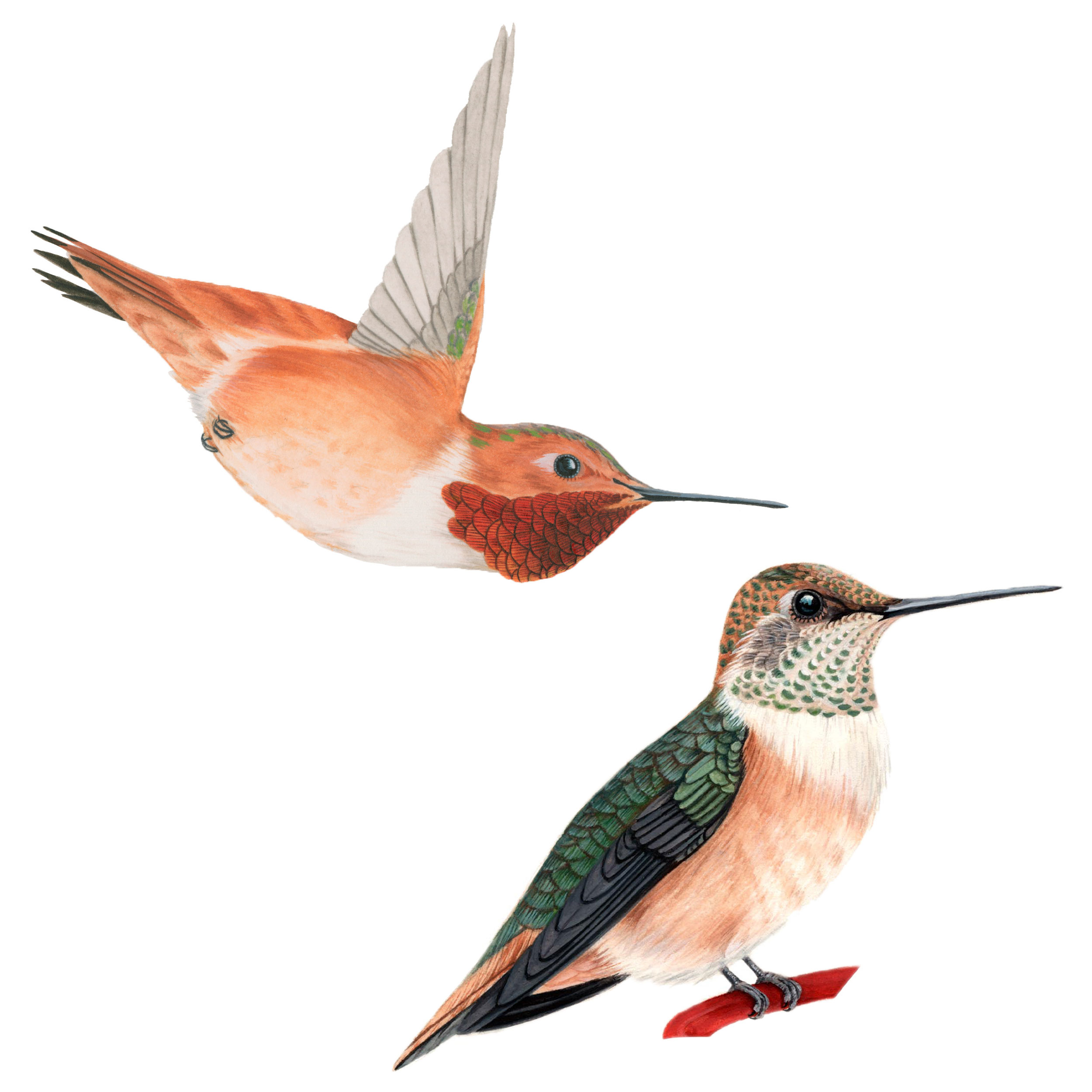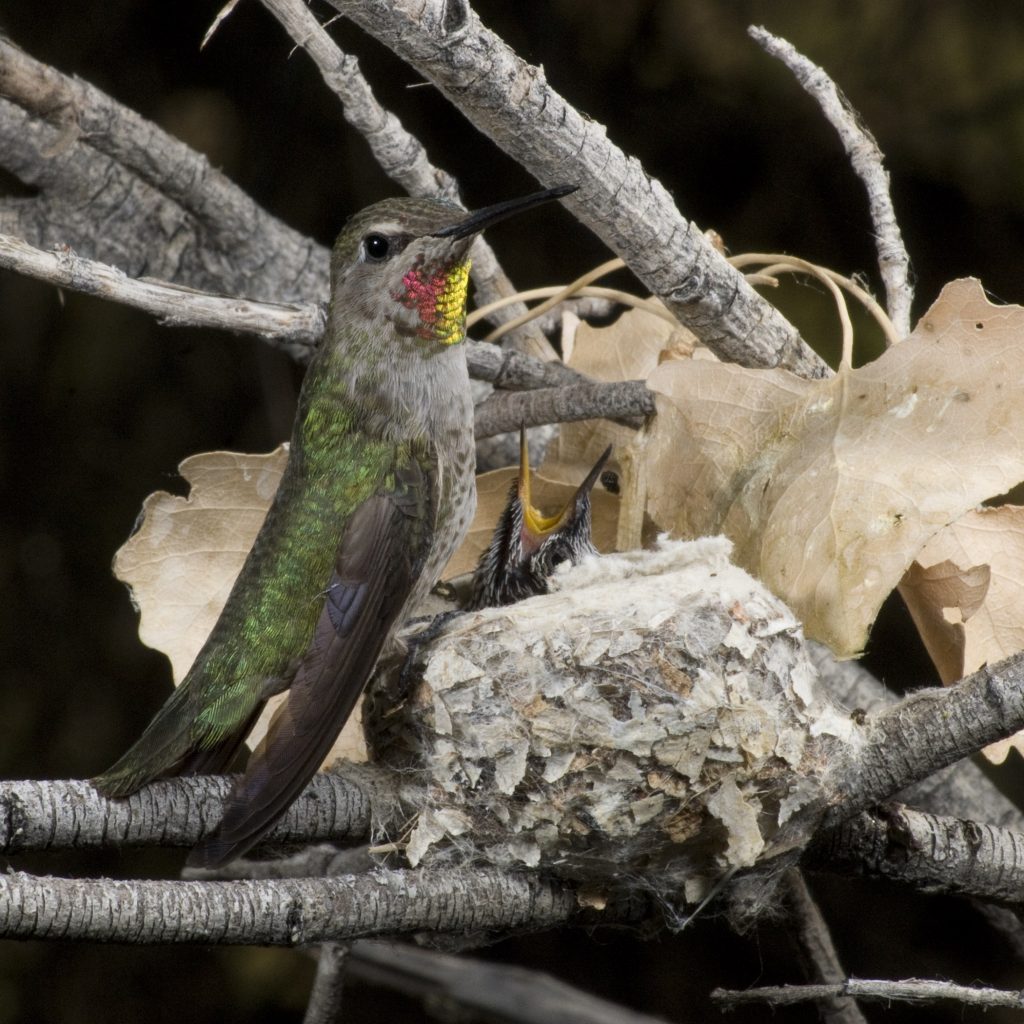


#HUMMINGBIRDS OF THE PACIFIC NORTHWEST PRO#
Marcy Scott is a local birder, botanizer, and author of "Hummingbird Plants of the Southwest." Along with her husband, Jimmy Zabriskie, she operates Robledo Vista Nursery in the North Valley, specializing in native and adapted plants for birds and wildlife habitat. High-quality Hummingbirds Of The Pacific Northwest Macbook Air, Macbook Pro Retina, PC and Surface laptop skins, designed and sold by independent artists. Their unusual winter breeding cycle means that if they remain longer, and there’s a pair of birds, they’re likely working on a new generation. In our yard we’ve had a few overwinter, but depart in early February for unknown nesting grounds. The deep freeze of February 2011 sadly did in nesting pairs there and in Las Cruces, but this year at least two breeding pairs have been reported locally, so perhaps they are again pushing eastward. Much more common in California and Arizona, they have had pulses of range expansion and have bred as far east as El Paso. These winterers may sometimes overlap by a week or two with the returning black-chinned hummingbirds, which I imagine must be startled by the unusual interlopers on their territory.Īnd then there are the Anna’s hummingbirds, which are also major boundary pushers. Another year an immature broad-billed hummingbird transformed over the winter into a glittering sapphire beauty by spring. We’ve had one other repeat winterer - a broad-tailed hummingbird that developed his colorful plumage over the first winter and came back again the following fall. One particularly frigid day, our resourceful rufous hummer helped herself to some peanut butter suet bits to stoke her little furnace. You can help us conserve these amazing little birds by admiring them from afar-and letting these tough guys continue on their migratory journeys.While nectar feeders that can be kept from freezing are essential for wintering hummingbirds here, especially first thing in the morning and just before dark, the birds can usually find plenty of insects during the daytime and often bide their time warming in the sun. Fish and Wildlife and other law enforcement are actively cracking down on the international market for dead hummingbirds. Some people believe that hummingbirds have supernatural powers, or can make the owner lucky in love. Rufous and other hummingbirds are threatened by many things including black market trading of their bodies and feathers. Once relegated to the corners of botanical gardens in our region, more species and. Drought-tolerant and carefree, they provide months of color with exotic flowers that are attractive to hummingbirds and gardeners alike. Rufous hummingbirds breed in the Pacific Northwest and migrate north along the Pacific Coast in the spring, and return south through the Cascades and Rocky Mountains in summer following the later blooming wildflowers at higher elevations. Native shrubs from Down Under, grevilleas are proving to be cold hardy and adaptable to the maritime Pacific Northwest. If you happen to live where hummingbirds overwinter, such as the Pacific Northwest, they need a steady supply of nectar. Rufous hummingbirds fly nearly 4,000 miles on their migratory routes, traveling from wintering areas in Mexico as far north as Alaska. Hummingbirds, and particularly the feathers, continue to play an important role in Latin American heritage and customs. The story goes that he was born when her mother held a ball of hummingbird feathers to her breast. These captivating birds represents the sun god Huitzilopotchli, a powerful warrior who guided the Aztecs’ journey to the Valley of Mexico. The hummingbird (chupaflor or chuparosa) played an important role in Aztec culture. Much like other hummingbirds, they feast on nectar and insects, sometime even swiping their prey from spider webs.
#HUMMINGBIRDS OF THE PACIFIC NORTHWEST PATCH#
Males are almost entirely rufous with a vivid patch of iridescent rusty-red feathers on their throat, known as a gorget. They are “rufous” colored, meaning they typically have reddish-brown feathers. These little guys are bright, even glowing in the right light. Have you ever heard of an aggressive hummingbird? Meet the rufous hummingbird, a tiny roughneck that aggressively defends and chases other hummingbirds away from its preferred food source, even during migration. By Sarah Levy, External Affairs Officer with the U.S.


 0 kommentar(er)
0 kommentar(er)
